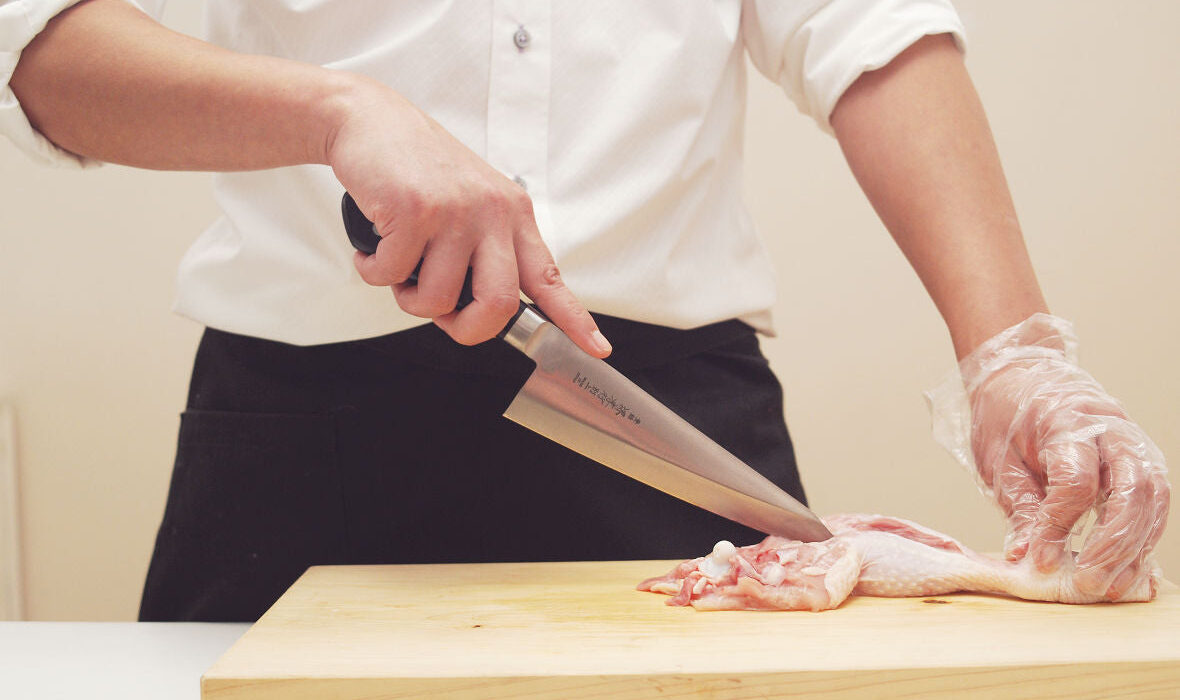Accidents in the kitchen are not uncommon, especially when using sharp tools like knives. If you’ve ever wondered how to treat a knife cut in finger, you’re not alone. Kitchen professionals often deal with high-speed cooking scenarios, which sometimes lead to mishaps. Knowing the right way to handle a knife cut is crucial for your health and safety.
This article provides you with a tremendous guide to addressing knife injuries efficiently and effectively. Whether you’re a chef or someone managing a home kitchen, learning how to treat a knife cut in finger could make all the difference in preventing infection and promoting healing.

Tremendous Technology in First Aid Basics
Before diving into the details, its essential to understand why first-aid knowledge is a must-have skill, especially for kitchen enthusiasts. Quick and proper response to injuries can prevent complications. Heres everything you need to know to be well-prepared for emergencies.
Step 1: Immediate Response
Acting swiftly when you notice a cut can stop excessive bleeding and reduce the chances of infection. Always have your first-aid supplies within reach.
- Rinse the wound under cool, running water to remove debris or contaminants.
- Use a clean cloth or gauze to apply gentle, firm pressure for 5-10 minutes.
Step 2: Disinfecting the Wound
Once bleeding slows, the next step is to clean the wound properly. Avoid using harsh chemicals like hydrogen peroxide; instead, wash the area with mild soap and warm water. You can also apply an alcohol-free antiseptic to minimize bacterial growth.
Step 3: Bandaging the Cut
If the cut is deep, it will need to be covered to protect it from external factors. Use a sterile bandage and ensure its not too tight. For smaller cuts, adhesive bandages can suffice.
Approved Supplies for Treating Knife Cuts
Your kitchen should always have a first-aid kit that includes:
- Sterile bandages
- Antiseptics
- Medical tape
- Antibiotic ointments
- A pair of gloves for hygienic handling
When Is Medical Attention Necessary?
While most knife cuts are minor, there are situations when consulting a healthcare professional is vital. Seek medical help if:
- The cut is deep enough to expose tissues or bones.
- Bleeding does not stop after 15 minutes of applying pressure.
- There are signs of infection, like swelling, redness, or pus.
Big Safety Tips for Kitchen Professionals
Sharpen Your Knife Skills
Being cautious can help in avoiding injuries. Familiarize yourself with proper knife holding techniques. You can check out this interesting guide on properly cutting.
Use the Right Knife
Using the appropriate knife for the task can significantly reduce the chance of injury. Learn more about choosing the correct knife by visiting this guide.
Stay Organized
An organized workspace allows you to focus better and reduces the probability of mishaps. Avoid clutter and keep your tools within arms reach, especially when multitasking in the kitchen.
Delighted Healing With Home Remedies
If youre looking for natural ways to speed up healing, here are a few remedies:
- Apply honey for its natural antibacterial properties.
- Use aloe vera gel for soothing and hydrating the skin.
- Turmeric paste can help reduce swelling and inflammation.
Treating Knife Cuts in Children
Children can also be prone to knife injuries, especially during cooking experiments. Ensure you have age-appropriate tools like blunt knives. If a child sustains a minor cut, remain calm and follow the same first-aid steps mentioned earlier.
Can You Prevent Knife Cuts?
Practicing Tremendous Care
The answer is yes! Prevention begins with proper knife handling skills. Never rush while chopping or slicing ingredients. For more kitchen safety tips, visit vegetable cutting basics.
Frequently Asked Questions
1. How do I know if my cut requires stitches?
Deep cuts longer than half an inch, or cuts that gape open, may need sutures. Consult a healthcare provider immediately.
2. Can I use kitchen ingredients to stop bleeding?
Yes, ingredients like sugar or honey can assist in clotting. However, always prioritize sterile first-aid techniques before resorting to other measures.
3. Can bandage adhesives cause skin irritation?
For sensitive skin, opt for hypoallergenic adhesive bandages to avoid reactions.

Key Takeaway
Knowing how to treat a knife cut in finger is not just a safety skill but a necessity for anyone working in the kitchen. Handle your tools with tremendous care, keep a first-aid kit handy, and dont hesitate to seek medical attention for severe injuries. Proper preparation and mindfulness can help you avoid most injuries and enjoy your cooking sessions without worry.
This article contains affiliate links. We may earn a commission at no extra cost to you.


